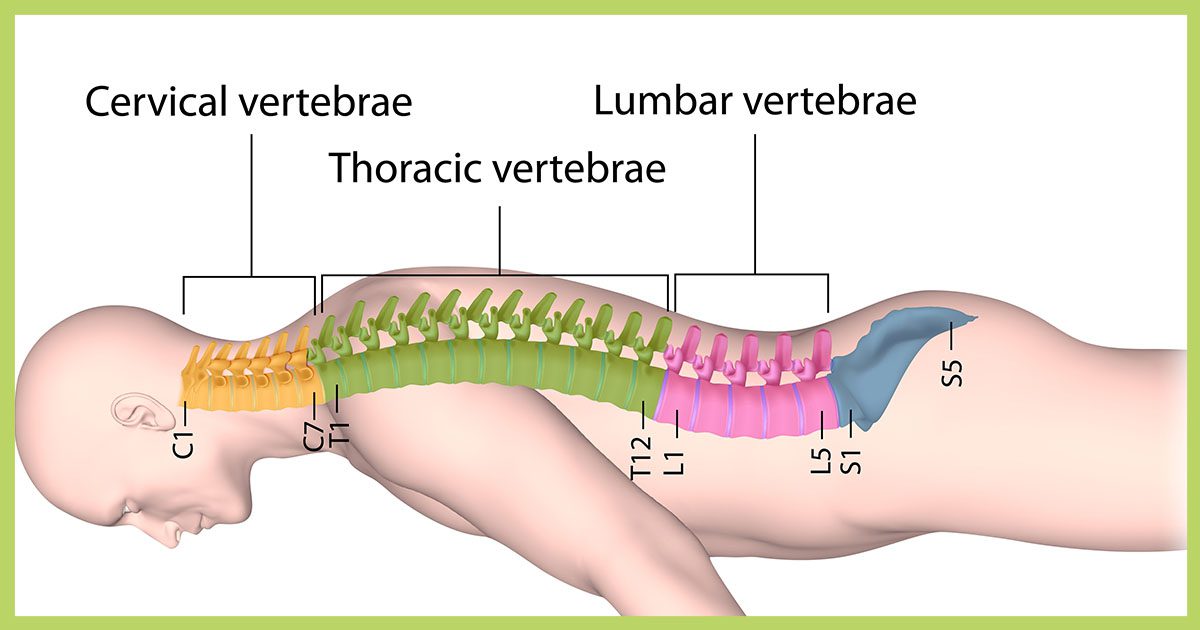The bones that make up the length of the spine are called the vertebrae. Between each of these vertebrae, there is a soft disc. These discs are designed to absorb impacts, protecting the structure of the spine. When one of these discs becomes damaged, the soft interior of the disc can sometimes protrude through the disc wall. This is called a herniated disc. The pressure caused by a damaged disc can compress the delicate nerves of the spine, causing pain and discomfort.

Understanding the Anatomy of the Spine
Understanding your spine and how it works can help patients better understand the pain associated with a disc herniation. There are five primary divisions of the spine, known as the cervical spine, the thoracic spine, the lumbar spine, the sacral spine, and the coccygeal spine. A herniated disc typically occurs in three of these five sections.

A disc herniation may occur from an injury or from normal wear and tear. As you age, the discs of the spine become less flexible, which makes them more prone to damage. The symptoms of this condition will depend on the severity of the injury as well as where in the spine the damaged disc is located. With the help of pain-reducing treatments and physical therapy, minor herniations can heal on their own, and rarely require surgery.
Cervical Disc Herniation
The cervical spine consists of the seven uppermost vertebrae of the spine, and includes the neck region. This section is responsible for supporting the skull and protecting the stem of the brain. Symptoms of a cervical herniated disc include numbness in the shoulders or arms, weakness in the hands or arms, and neck pain and tenderness. A herniated cervical disc may be treated with oral pain medication and steroid injections.
Thoracic Disc Herniation
The thoracic spine makes up the middle section of the spine, consisting of twelve vertebrae. This part of the spine supports the ribcage and connects to the ligaments which protect our most vital organs. The symptoms of a thoracic herniated disc include upper back pain, difficulty walking, and numbness in the lower extremities. Pain from a herniated thoracic disc may be treated with oral pain medication and steroid injections.
Lumbar Disc Herniation
The lumbar segment of the spine has five vertebrae, and is located below the thoracic spine. Symptoms of a lumbar herniated disc include shooting pains through the buttocks into the legs, and numbness, weakness, or tingling in the legs and feet. Symptoms associated with a herniated lumbar disc may be treated with oral pain medication and steroid injections.
Do you Have Chronic Pain Caused by Herniated Discs?
If you or someone you know is suffering from a painful herniated disc, do not hesitate to schedule an appointment today. The interventional medicine experts at Segura Neuroscience & Pain Center are standing by to bring you the care you need to achieve optimal pain relief.
Questions? Ask our doctors
Schedule a Consultation
